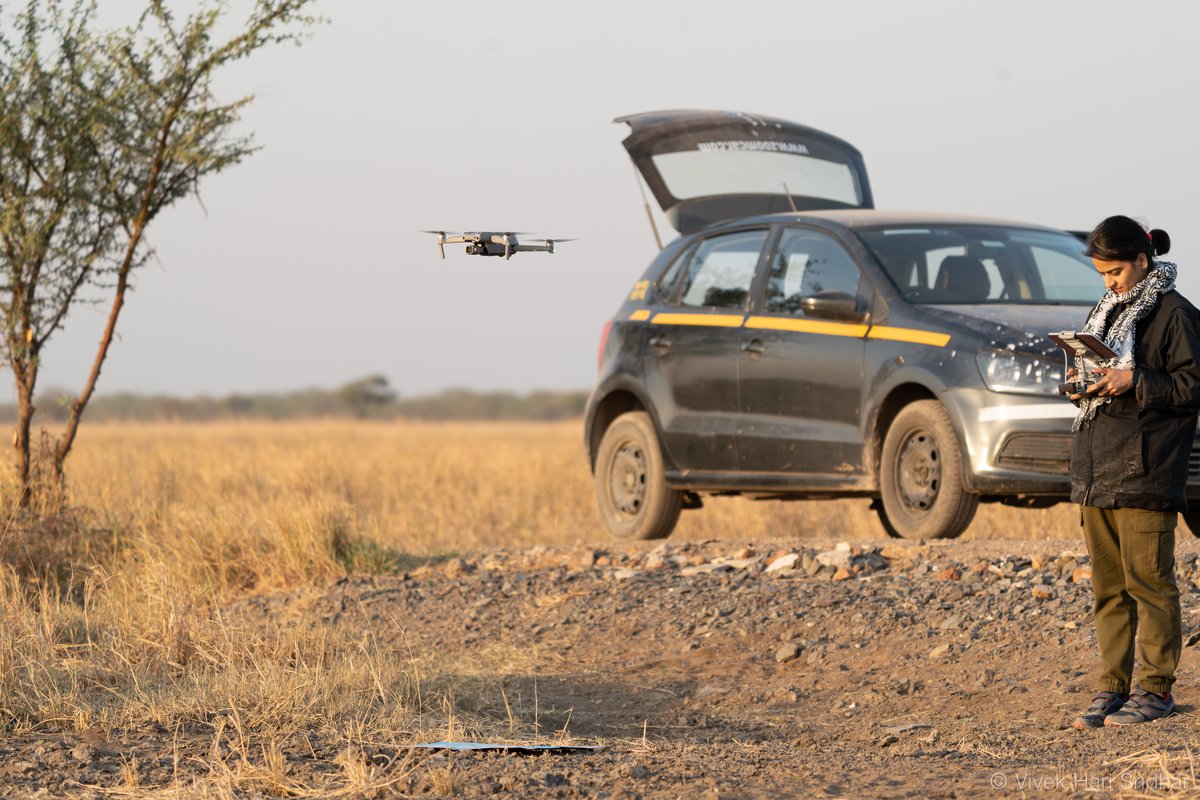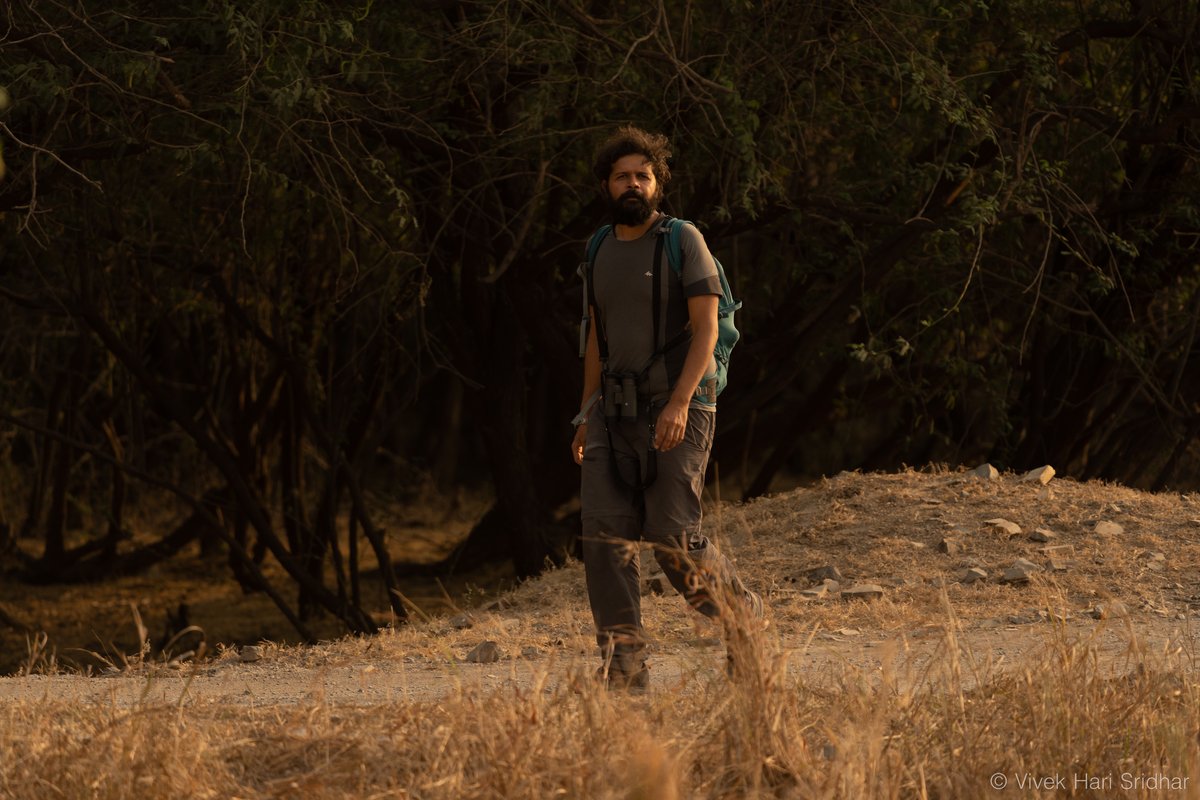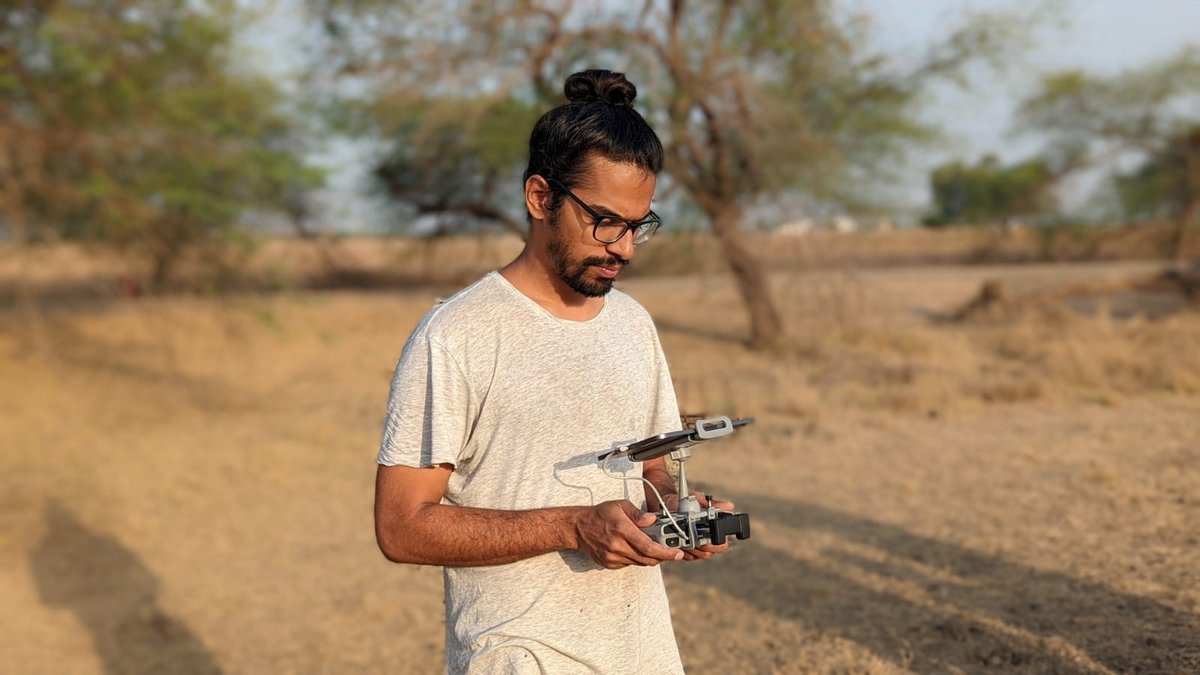
Copyright: Vivek Hari Sridhar
MELA: Mating ecology of a lek-breeding antelope
Lekking is a visually spectacular and extremely rare phenomenon in which males engage in intense displays on closely clustered territories and females visit these territories for the sole purpose of mating. On leks, local interactions between individuals – male-male competition and mate-choice copying in females – contribute to skewed mating success at a global (lek) level. Despite decades of research on various lekking systems, we have little mechanistic understanding of these local interactions in the context of mate choice. The researchers in this project, Vivek Hari Sridhar, Hemal Naik, and Akansha Rathore, therefore argue that the insights from collective behaviour studies can prove to be crucial in understanding mate choice on leks as an emergent phenomenon.
The project Mating ecology of a lek-breeding antelope focuses on studying the mating interactions and emergent mating success patterns on blackbuck (Antilope cervicapra) leks in the context of the social landscape in which individuals are embedded. To do this, the research team uses multiple Unmanned Aerial Vehicles (UAVs) simultaneously and deep learning algorithms to obtain continuous, fine-scale data of every individual in the lek throughout the lekking season (a few weeks).
The MELA team in the field
In 2022, the researchers completed a pilot field season and collected high-resolution videos covering the entire lek arena. “We witnessed the formation of a new lek near the traditional breeding ground,” they say. “Therefore, in phase two of our project, we are formulating the spatially explicit models of lek formation. We intend to test these models with satellite data and finally with the processed high-resolution videos that we will collect in the next field season.” To convert these videos into data, the team is developing methods to spatially register an area of interest, temporally align the videos collected from multiple drones, and finally obtain the movement trajectories of all the individuals as global coordinates.
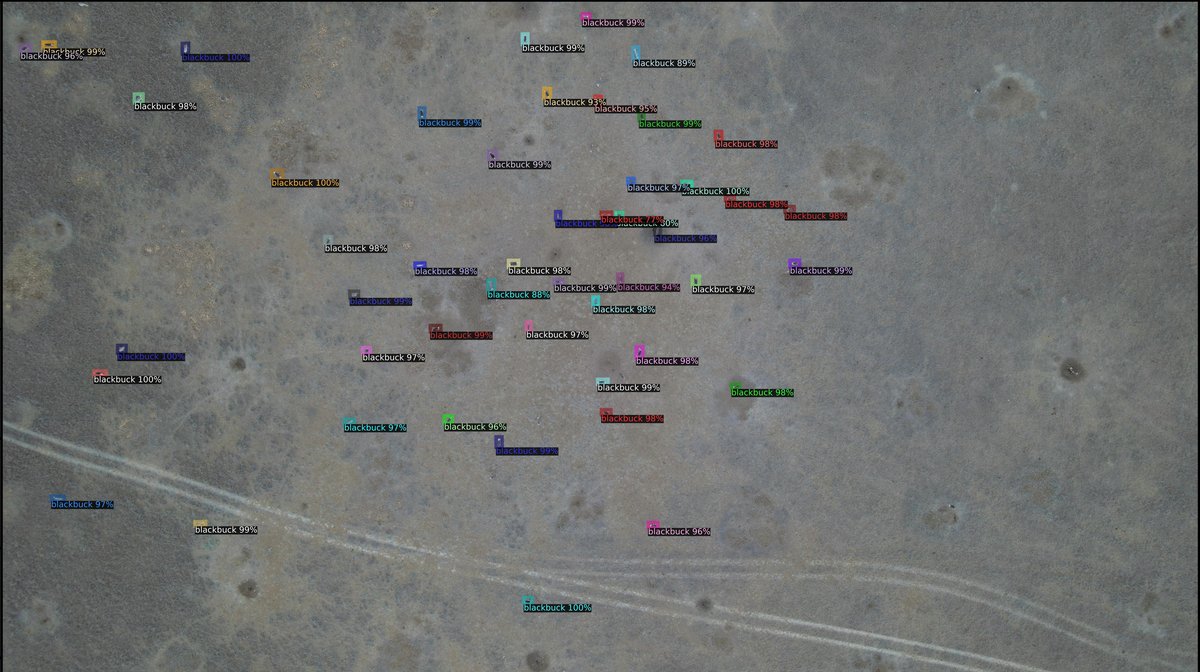
By quantifying the spatial and temporal dynamics of local interactions, the team will unravel structural and social drivers of mating success in this unique and yet under-explored mating system. In the process, the researchers are also creating a rich dataset and tracking methods which will facilitate a dialogue between biologists and computer scientists and lay foundations for future collaborations.
“Going further, we plan to disentangle theoretical and computational frameworks to various mechanisms that contribute towards lekking dynamics,” they say. “Such methods in combination with high-resolution aerial imagery covering movement and interactions on the whole lek will shed light on the drivers of sexual selection in lekking systems.”
Field work impressions
-
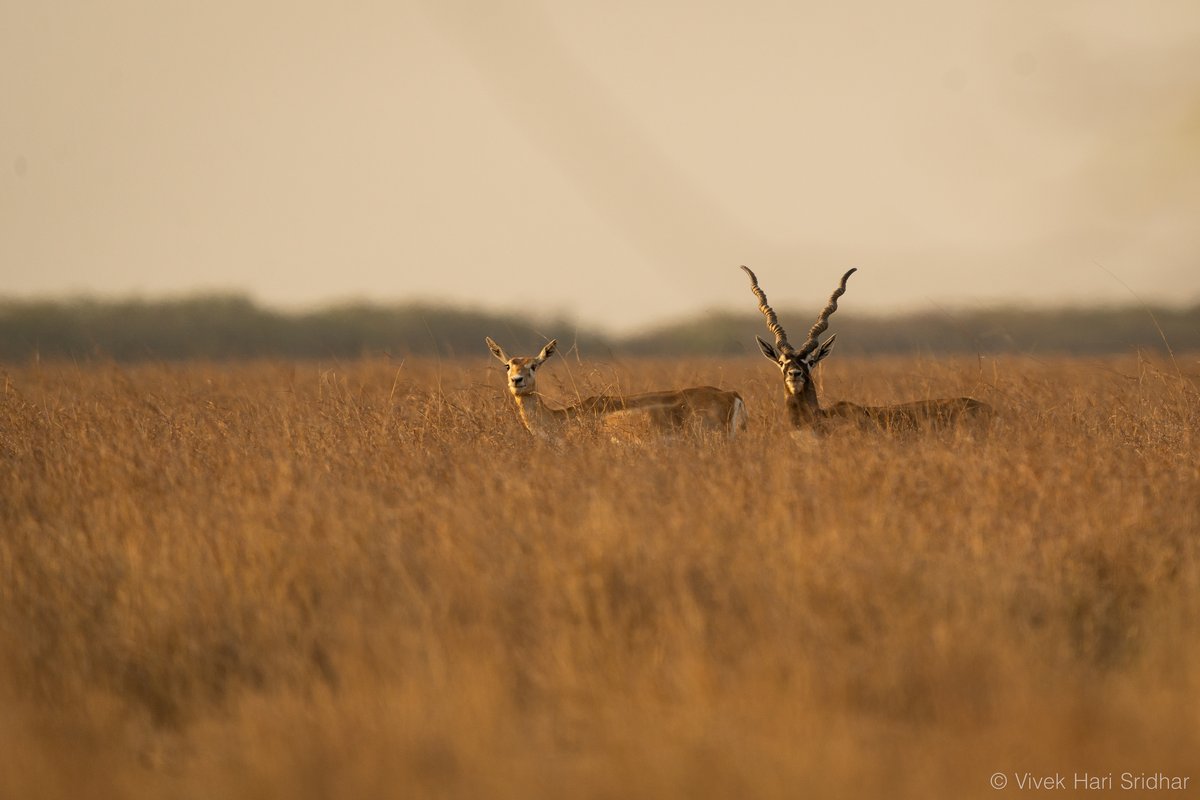
Blackbucks Copyright: Vivek Hari Sridhar -
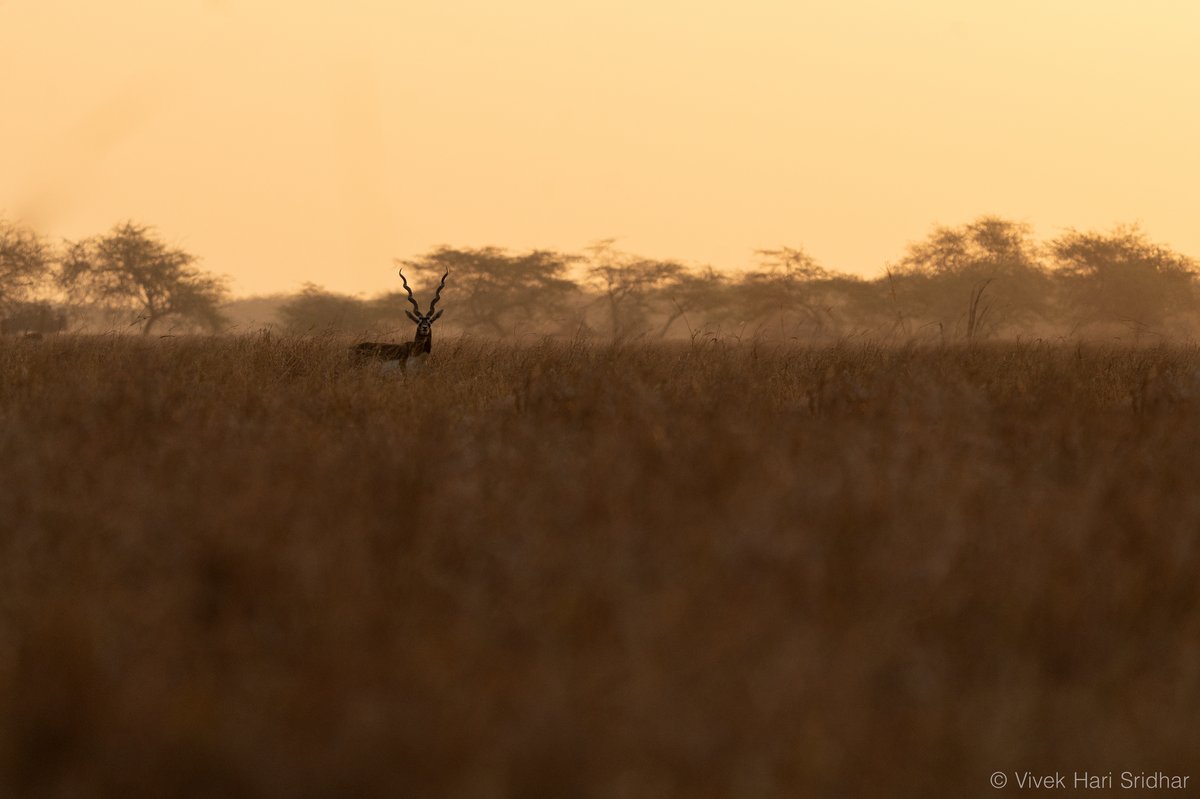
Blackbuck Copyright: Vivek Hari Sridhar -
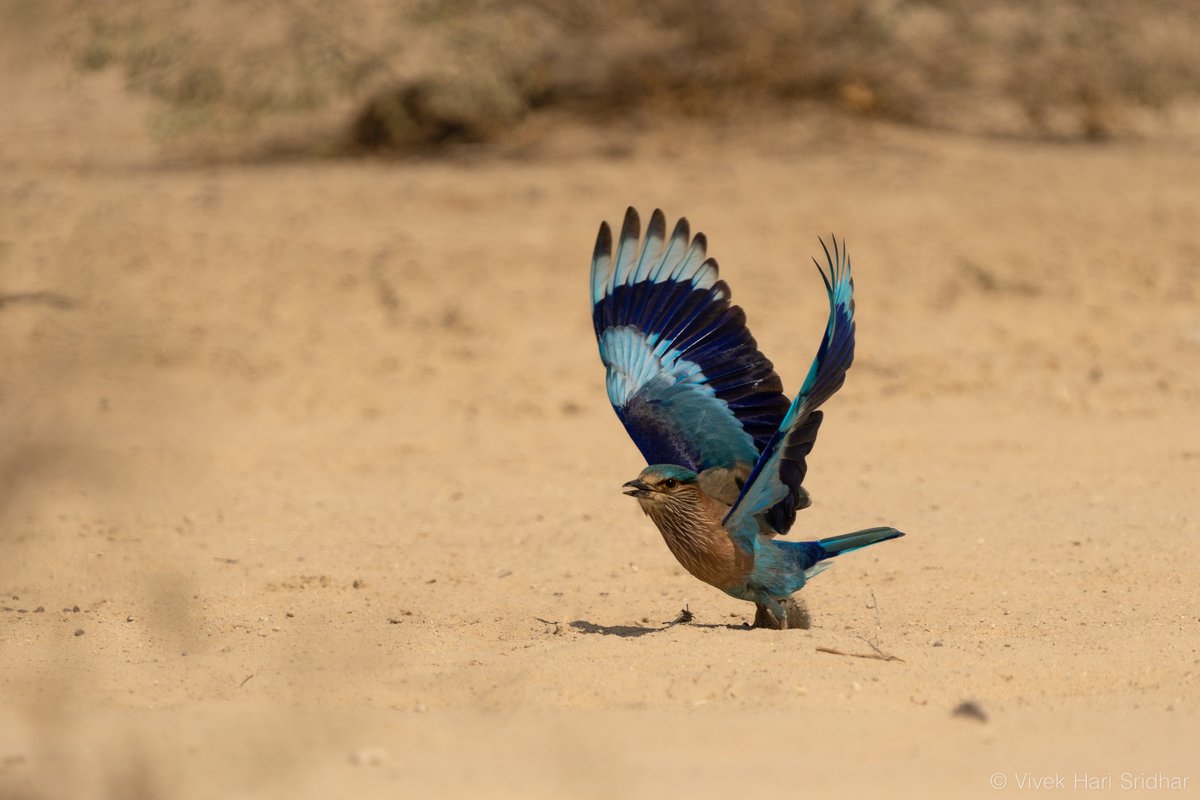
Besides blackbucks the research team spots several other amazing animals like this bird. Copyright: Vivek Hari Sridhar -
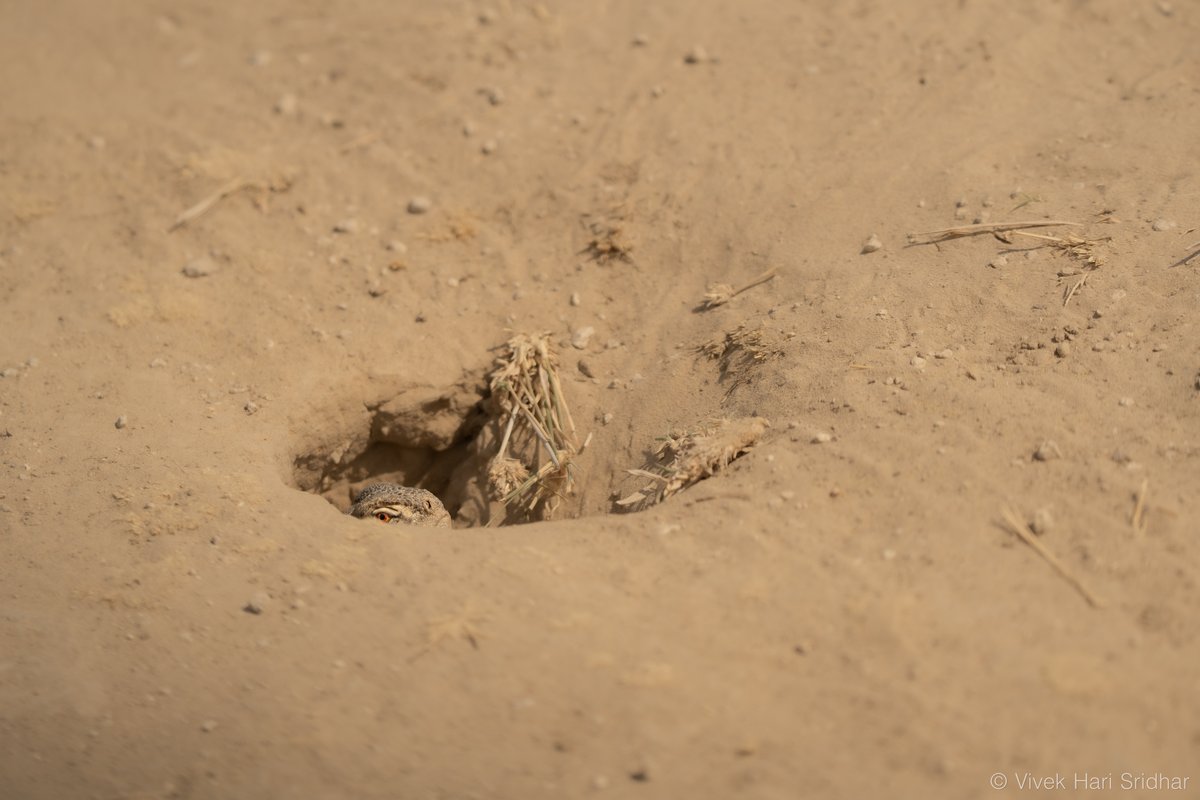
Copyright: Vivek Hari Sridhar -
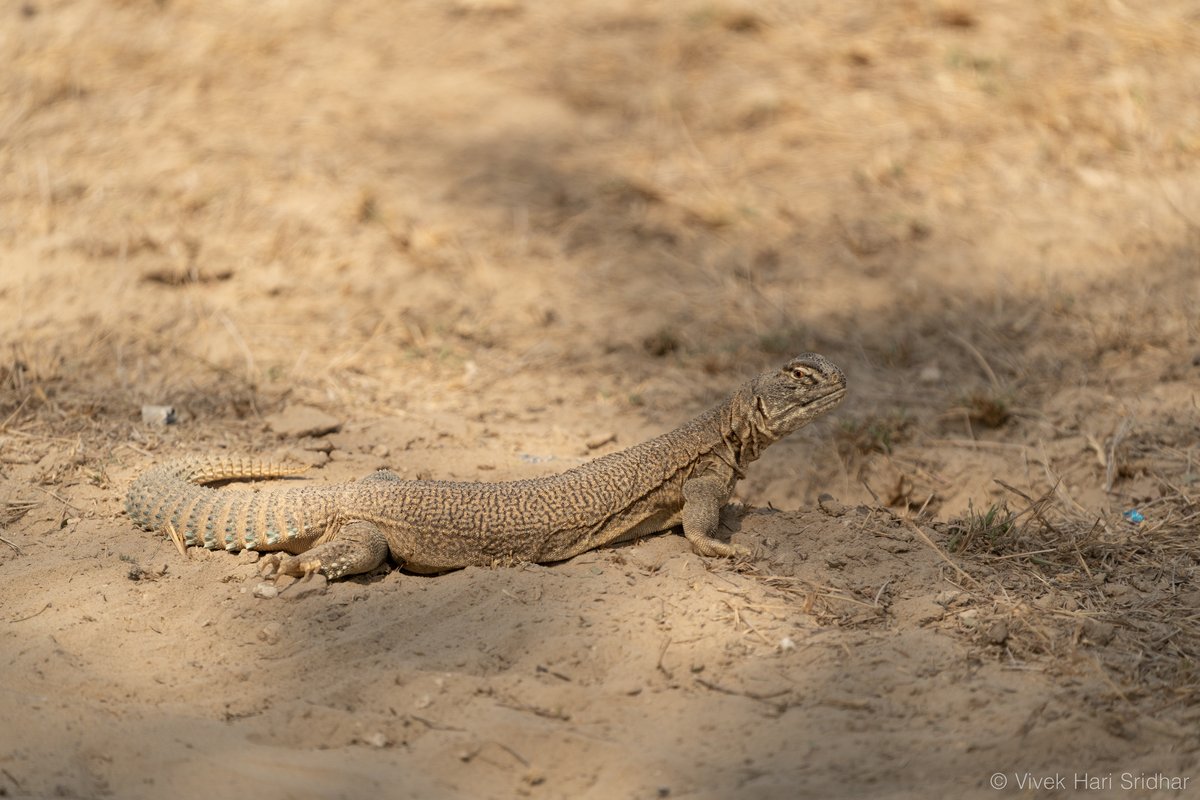
Copyright: Vivek Hari Sridhar -
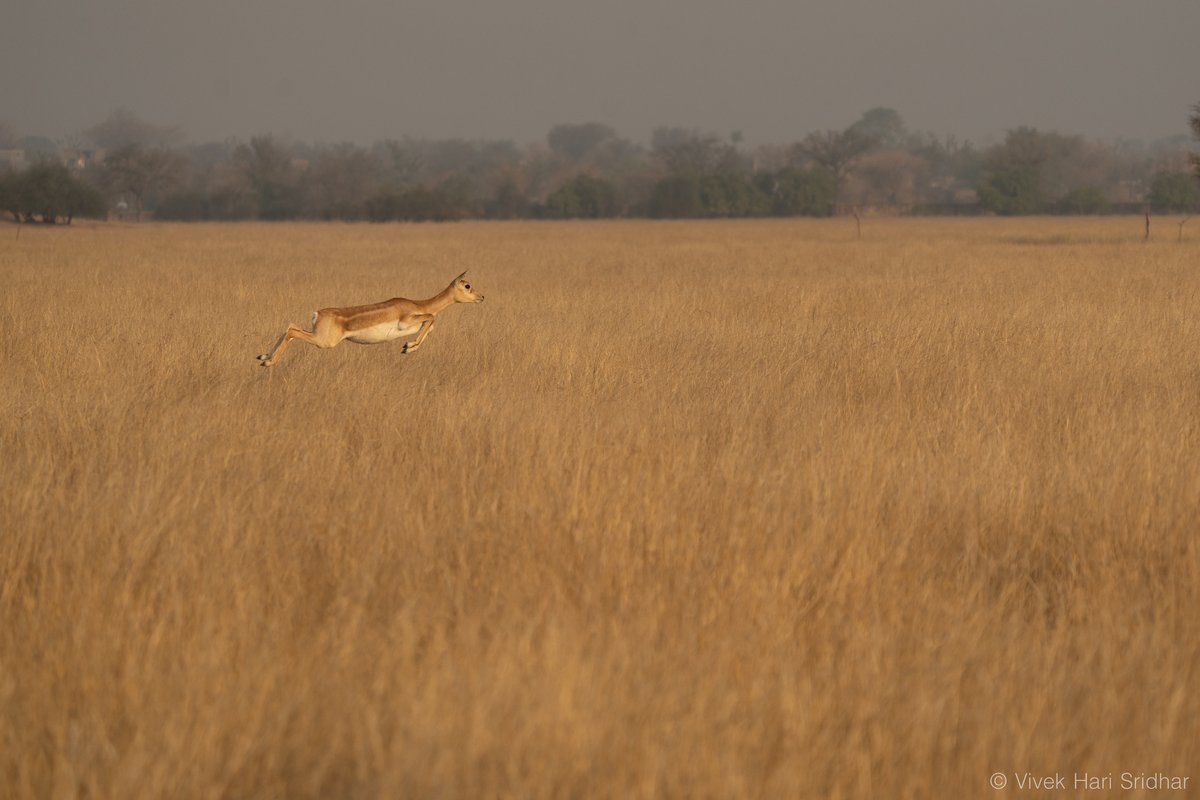
A jumping Blackbuck Copyright: Vivek Hari Sridhar -
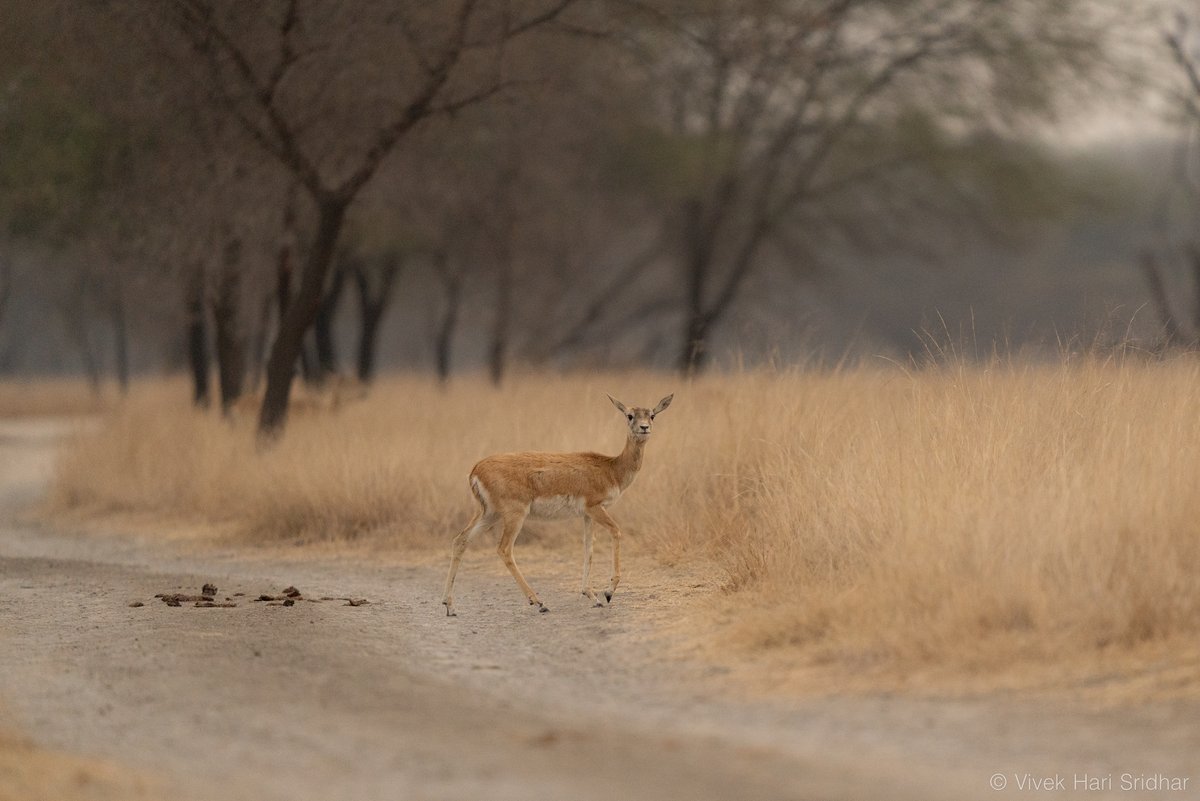
Blackbuck Copyright: Vivek Hari Sridhar

